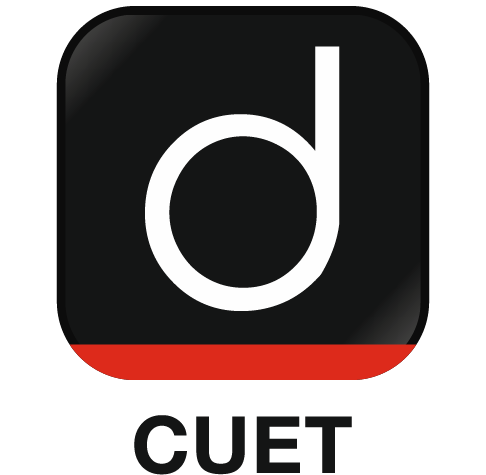13-Sep-2024
CUET UG Domain Subject Preparation
Drishti The Vision
The NTA provides 29 domain-specific subjects under Section 2 for the CUET UG. Candidates can select any subject based on the requirements of the university or universities they are applying to. This section has 45/50 questions, and test takers must attempt 35/40 questions. Below is a list of the CUET domain subjects:
| SUBJECTS | SYLLABUS |
| Accountancy | Click Here |
| Agriculture | Click Here |
| Anthropology | Click Here |
| Art Education Painting and Sculpture | Click Here |
| Biology | Click Here |
| Business Studies |
Click Here |
| Chemistry | Click Here |
| Computer Science | Click Here |
| Economics |
Click Here |
| Sanskrit Domain | Click Here |
| Sociology | Click Here |
| Tourism | Click Here |
| Physics | Click Here |
| Teaching Aptitude | Click Here |
| Engineering Graphics |
Click Here |
| Environmental Studies | Click Here |
| Geography/Geology | Click Here |
| History | Click Here |
| Home Science | Click Here |
| Fashion Studies | Click Here |
| Knowledge Traditions | Click Here |
| Language Syllabus | Click Here |
| Legal Studies | Click Here |
| Mass Media |
Click Here |
| Mathematics |
Click Here |
| Performing Arts | Click Here |
| Physical Education | Click Here |
| Political Science | Click Here |
| Psychology | Click Here |
| Entrepreneurship | Click Here |
Here are some strategic approaches that students can adopt to maximise their chances of success in this important examination. Strategy for General Test Preparation:
- Understanding the exam
- Before diving into preparation strategies, students need to have a clear understanding of the CUET exam format, syllabus, and marking scheme. CUET typically assesses students' aptitude in areas such as critical thinking, quantitative reasoning, language proficiency, and subject-specific knowledge.
- By familiarising themselves with the exam pattern and syllabus, students can tailor their preparation accordingly.
- Create a study plan
- One of the most effective strategies for CUET preparation is to create a structured study plan. A well-thought-out study schedule helps students allocate sufficient time to cover all relevant topics and revise them thoroughly.
- By breaking down the syllabus into manageable sections and setting realistic study goals, students can maintain consistency in their preparation and track their progress effectively.
- Focus on weak areas
- Identifying and addressing weak areas is crucial for CUET's success. Students should assess their strengths and weaknesses across different subjects and topics. By allocating extra time and resources to areas where they face challenges, students can gradually improve their proficiency and confidence levels.
- Whether it's brushing up on fundamental concepts or practising problem-solving techniques, targeted remedial action can make a significant difference in performance.
- Practise regularly
- Practice is key to mastering any competitive exam, and CUET is no exception. Students should engage in regular practice sessions to enhance their problem-solving skills, time-management abilities, and exam-taking strategies.
- Solving previous years' question papers, mock tests, and sample papers can help students familiarise themselves with the exam format, identify recurring patterns, and gauge their readiness for the actual exam.
- Seek expert guidance
- While self-study is important, seeking guidance from experienced mentors and subject-matter experts can provide valuable insights and tips for CUET preparation.
- Students can benefit from enrolling in reputable coaching institutes or online tutoring programs that offer structured courses, personalised guidance, and access to quality study materials. Also, interacting with peers and participating in study groups can foster collaborative learning and mutual support.
- Stay updated with current affairs
- In addition to academic knowledge, CUET also evaluates students' awareness of current affairs and general knowledge. Students should make a habit of staying updated with recent developments in various fields, including politics, economy, science, technology, and culture.
- Reading newspapers, magazines, and online publications, as well as watching news channels, can help students stay informed and abreast of important events and issues.
- Practice time management
- Time management is crucial for success in CUET, as students must answer many questions within a limited time frame. To excel in the exam, students must practise efficient time management techniques during their preparation phase.
- They should learn to prioritise questions based on difficulty level, allocate time judiciously to each section, and avoid getting stuck on challenging problems.
- Stay healthy and relaxed
- Finally, students need to prioritise their physical and mental well-being during the CUET preparation phase. Adequate rest, balanced nutrition, regular exercise, and stress-relief activities are essential for maintaining optimal health and productivity.
Sources:- https://www.jagranjosh.com/, https://www.indiatoday.in/ and https://timesofindia.indiatimes.com/
